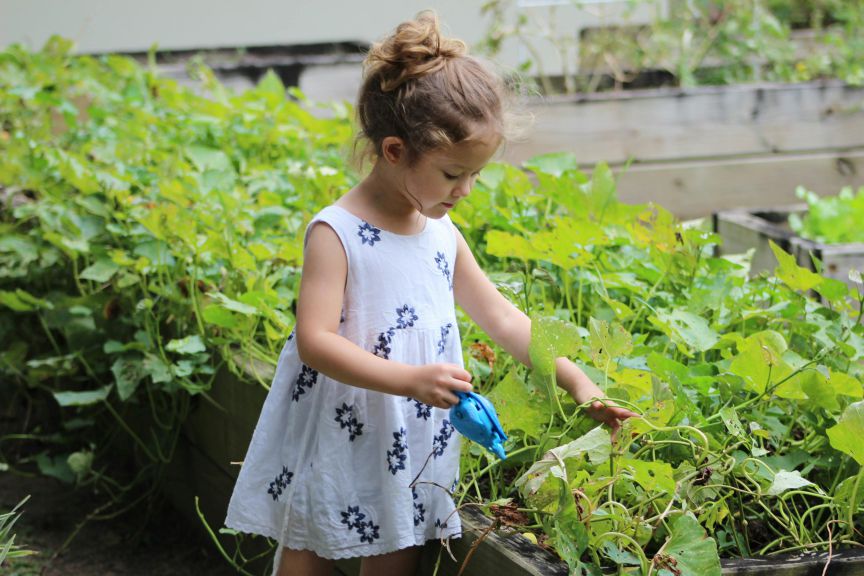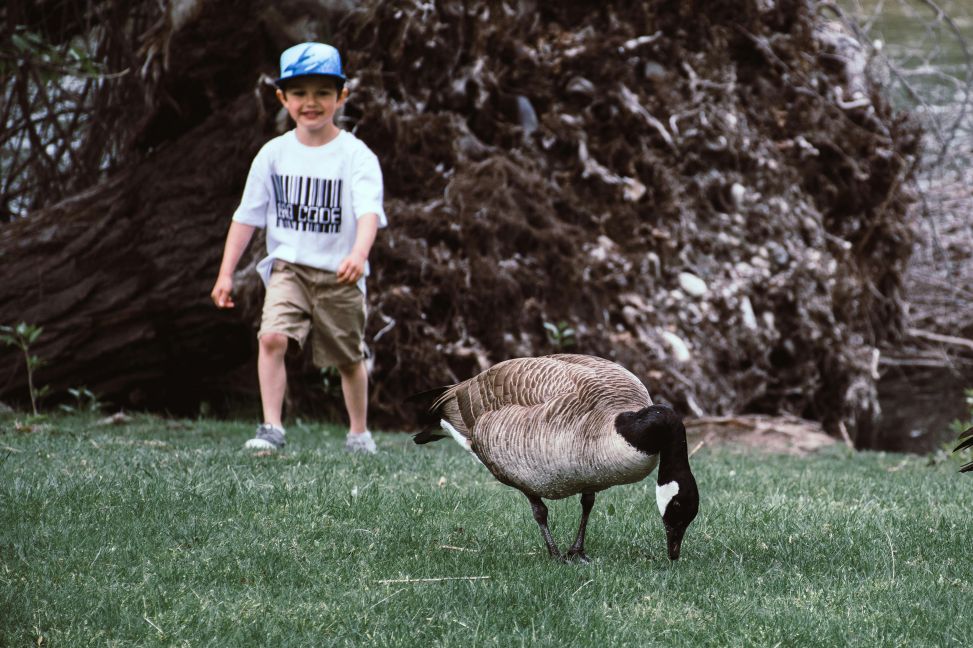Education on the natural environment for children is important not only in enlightening them on matters of the environment but also in improving their observation, creativity skills, and general understanding.
Here are creative and interesting ways to help children learn about the natural environment.
Table of Contents
Nature Walks and Scavenger Hunts
The best way to teach kids about nature is to expose them to it. Set nature walks in various environments: forests, parks, beaches, and the like.
To make it even more interactive, a scavenger hunt can be prepared. Such a quest might include finding items such as a particular kind of leaf, an oddly shaped rock, or an insect.
It won’t just make walking more thrilling but will actually teach people how to observe the diversity found in nature closely.
Gardening Projects

Gardening is so practical in teaching children the life cycles of plants, the importance of ecosystems, and the responsibilities of living things.
Get them to work with simple plants that are really easy to grow and manage, e.g., sunflowers or cherry tomatoes. From watching their plants, children learn about conditions necessary for growth, namely sunshine, soil, and water.
Use of Technology to Support Outdoor Learning
If used well, technology will enhance learning rather than detract from what the natural world has to offer.
This can mean apps that map stars, identify plants or animals, or explain a geological feature, thus adding layers of information to real-life experiences.
For example, an app for gazing at the stars during a night walk can be very educational for children.
Art and Nature
Incorporate art into your nature-based lessons. Allow children to draw or paint things they observe outside.
This will not only be an art activity but also support the ability to observe and remember details in their surroundings.
You could also have children make art with things they’ve collected outdoors: a leaf collage or a sculpture of twigs and stones.
Wildlife Viewing

Education on wildlife can begin in every local park or even at home in the backyard.
Through the placement of bird feeders and small wildlife cameras, children can begin their observation of animals at a very close distance without causing any disturbance to animals.
Discussion on the behaviors and habitats can bring awareness of biodiversity and the importance of habitats.
Nature-Based Experiments
In essence, simple experiments will be tangible for children and will be abstract for them. For instance, they may be shown water filtration with the help of sand and stones or how plants absorb water with the help of dyed water and celery stalks.
In these experiments, scientific principles will be taught, and the functioning of nature as a system will be underlined.
Story Telling and Role Play
Make environmental issues come alive with stories and role play. For example, in some scenarios, animals or trees may be in trouble within their living spaces.
Let the children role-play by making choices on how to safeguard a forest from a wildfire better or save a river from pollution.
This way, they will understand the impact of people’s actions on nature, therefore much more empathetic toward living things.
Environmental Stewardship Initiatives
Engage children in activities such as local conservation drives, beach clean-ups, local tree-planting exercises, and visits to recycling centers.
Such activities teach the importance of participating in the community and having authority over the environment to effect positive change.
Museums and Nature Centers with Interactive Learning
Most museums and nature centers have interactive displays on a wide range of topics concerning natural history, wildlife, and environment conservation.
The visits will enable you and your team to access knowledge from professionals and structured learning.
Many of these centers also offer workshops and guided tours that complement the learning experience.
Incorporating Indigenous Knowledge
Teach the children how indigenous people are in harmony with nature. Let them know how the different indigenous communities utilize the plants to heal, for food, or as shelter.
All these would reflect respect, not only for teaching about biodiversity but also for teaching about indigenous cultures and wisdom.
Conclusion
Teaching children about the environment is countless in comparison to textbooks. By embracing creativity, nature can be taught to children through means such as scavenger hunts, gardening, and the use of technology to instill both fun and deep knowledge toward nature.
The activities do not only teach the mechanisms of how ecosystems work but also the way of life with respect and love towards the natural world.
Frequently Asked Questions
-
What is the best age to start teaching kids about nature?
There is no ideal age to start teaching kids about nature because all children, regardless of age, are starved for outside activities. This has shown that very early introduction—toddler-age—by doing things as simple as letting kids play in the dirt, collect leaves, or explore a backyard begins to develop that strong early connection with nature.
-
How can I teach nature concepts to city people?
Today, urban areas still offer a myriad of opportunities to observe nature. Around a neighborhood, there could be parks, community gardens, or small greenspaces where children have the opportunity to observe flora and fauna. Most cities have botanical gardens and urban wildlife centers that offer appropriate educational programs for children.
-
What if my child is afraid of bugs or avoids coming to nature?
Many children are naturally averse to insects or the outdoors. One could begin with gentle exposures like reading some children’s science books on nature or watching some of the children’s nature programs. Continue with gentle but controlled exposures like in butterfly gardens, and move on to direct experiences or investigations with curiosity emphasized over fear.
-
Are there any resources or tools that help children learn about nature?
Yes, so many resources are available that help to ensure more learning among the children about nature. These include identification guides for plants and animals, nature-based applications, and even education kits for more interactive involvement. Another way is by joining community programs geared toward nature and children’s environmental clubs; these will guide in more organized learning.
-
How do you incorporate nature education into an already busy school curriculum?
Being able to fit nature education into a cramped curriculum could best be achieved by correlating it with what the curricula have. For example, biology classes might include practical work in growing plants or observing insects. In the teaching of geography, lessons might be about local environmental features, and for art classes, there might be artistic lessons on the use of natural materials. Schools could also organize regular field trips to nature reserves, parks, or natural history museums to complement classroom learning.













